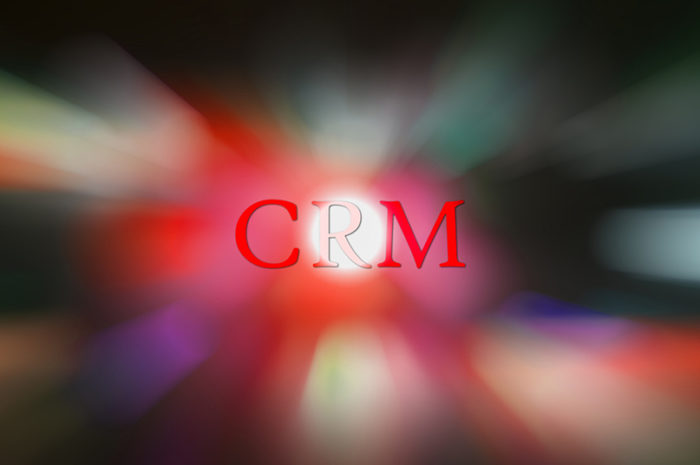Recent research commissioned by GI Insight found that, while cost savings trumps convenience when it comes to UK loyalty schemes – taking full advantage of the opportunities which are generated by a loyalty scheme requires a much more complex approach.
With Big Data driving the marketplace, consumers are starting to expect more from companies. Our research showed that 94% of the 1,000-plus UK consumers who were surveyed in our latest research report are members of loyalty schemes. Moreover, the research showed that only 50% of members actively participate in schemes, meaning there is ample room for companies to improve their loyalty programmes to create stronger bonds with more customers – and gain an advantage over competitors.
Our research showed that 74% of UK consumers say redeemable points are a major incentive for joining and remaining active in loyalty programmes. However, 60% say that vouchers and coupons which offer percentage discounts or money are of equally important drivers and 54% cite special offers as a major motivator for participating in a loyalty scheme.
But cost savings are not the only reason many consumers sign up to customer loyalty programmes
Convenience in terms of sign-up and access can also be a factor for a substantial proportion of consumers – roughly a quarter. Factors relating to ease of use and fit with personal habits were particularly important to older consumers.
Notable proportions of consumers also say special perks are a big incentive for joining and using schemes. Survey respondents cite free treats such as cake and coffee (17%), recognition of personal events such as birthdays (12%) and exclusive/first access to new products and deals (12%) as scheme features that had powerful appeal.
While cost savings remain the key driver for all consumers when it comes to using loyalty schemes, our research showed this is especially true for women: 78% of female consumers feel redeemable points are a key factor when deciding whether to enter and remain in a loyalty scheme, compared to 70% of men. Women are also more persuaded by special offers than men (55% versus 50%) and more are won over by savings from vouchers and coupons than male consumers (65% versus 56%).
We also looked into the different motivating factors for differing age demographics and found that older consumers find redeemable points very important but this becomes progressively less critical for the younger consumer categories. Hence, 80% of people over the age 65 say redeemable points are a crucial factor when determining whether they are going to sign up to a scheme or not – the highest proportion that say this – while only 64% of 18-24 year olds cite this as a key motivator.
What’s more, women are more drawn than men by free treats such as coffee or cake (19% versus 15% of men), and 13% of women are also impressed by special deals tied to personal events, as well as exclusive/first access to products and deals (versus 10% of men in both cases).
Many might assume that mobile technology would be a leading draw for participating in schemes. However, according to our research this has not proven to be the case. Despite the continuous growth in people using smartphones, the accessibility of loyalty schemes through an app was shown to be the least important factor when deliberating whether to sign up or not. Only 6% of consumers say this excited them about a scheme.
However, perhaps unsurprisingly, younger consumers are more excited by the notion of having an app associated with a loyalty scheme. The percentages remain relatively small, but not insignificant: 10% of 18-24 year olds and 14% of 25-34s say they are positively influenced by the offer of easy mobile access. These figures contrast drastically with those for the the 55-64 age group, in which only 2% said they were bothered by this, and only 1% of those aged 65+ cared about mobile access. Some brands, particularly those which are aimed at younger generations and technology brands, may see potential in promoting and developing a loyalty app as a feature which differentiates them from their competitors.
Once people are registered within a scheme it is imperative they remain active in order for companies to realise the benefits. It is much more cost-effective for companies to focus on retaining existing customers rather than trying to attract new ones. Therefore, just as important as luring customers to join and use a loyalty scheme, is the capability to leverage the insight the data gathered via the programme provides. That information can then be used to not just win loyalty but encourage greater and more frequent spending.
Key customer loyalty takeaway:
Our research shows that only a mere 27% of loyalty scheme members feel the companies providing the schemes are effectively analysing their needs and sending over relevant offers. The message here for brands to take away is that if they use the data more effectively to target and tailor offers and communications, there is substantial room for them to gain an edge on competitors.
